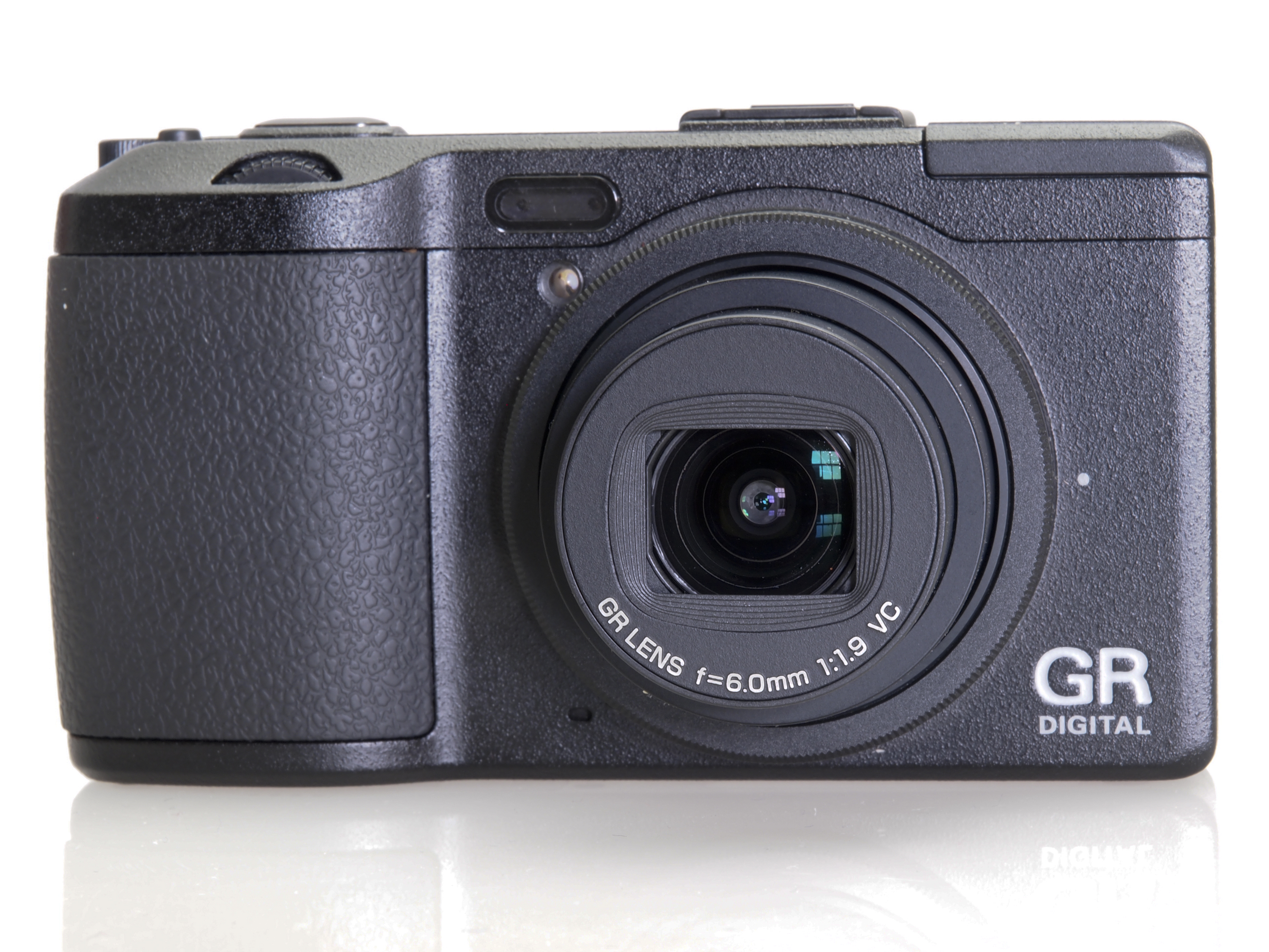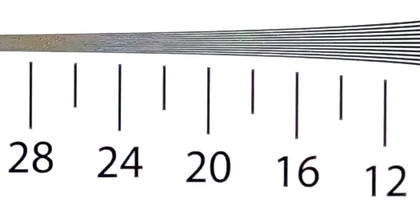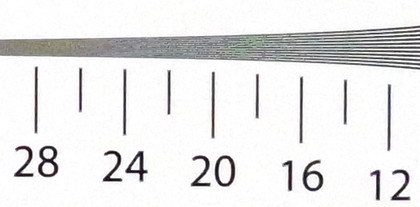Ricoh GR IV review: TechRadar labs data
Does Ricoh's retro styled high end compact stand-up to the competition?

Our test of the Ricoh GR IV is on the way, but in the mean time we would like to share the resolution chart images and the noise and dynamic range results.
Resolution charts
The GR IV is the latest in Ricoh's GR compact camera series and it was announced in September 2011. Priced at around £450 it features a 10 megapixel 1/1.7 CCD sensor, a fixed 28mm (equivalent) f/1.9 lens, and an improved LCD screen.
Overall picture
Our results from the lab for the Ricoh GR IV have been compared against the Samsung EX1, Canon PowerShot S100 and Fujifilm Finepix X10, high-end compact cameras from their respective manufacturers.
Our analysis shows that the GR IV produces good results for both signal to noise ratio and dynamic range from it's JPEG files, but compared with the competition the raw files lack dynamic range and can be prone to noise at the higher end of the sensitivity scale.
Resolution
As part of our image quality testing for the Ricoh GR IV, we've shot our resolution chart.
If you view our crops of the resolution chart's central section at 100% (or Actual Pixels) you will see that, for example, at ISO 100 the Ricoh GR IV is capable of resolving up to around 20 (line widths per picture height x100) in its highest quality JPEG files.
Read our full explanation of what our resolution charts mean.
Sign up for breaking news, reviews, opinion, top tech deals, and more.

Examining images of the chart taken at each sensitivity setting reveals the following resolution scores in line widths per picture height x100:
JPEG Images

ISO 80, score: 20 (see full image)

ISO 100, score: 20 (see full image)

ISO 200, score: 20 (see full image)

ISO 400, score: 20 (see full image)

ISO 800, score: 16 (see full image)

ISO 1600, score: 14 (see full image)
Raw images

ISO 80, score: 20 (see full image)

ISO 100, score: 20 (see full image)

ISO 200, score: 20 (see full image)

ISO 400, score: 20 (see full image)

ISO 800, score: 18 (see full image)

ISO 1600, score: 18 (see full image)
Noise and dynamic range
We shoot a specially designed chart in carefully controlled conditions and the resulting images are analysed using DXO Analyzer software to generate the data to produce the graphs below.
A high signal to noise ratio (SNR) indicates a cleaner and better quality image.
For more more details on how to interpret our test data, check out our full explanation of our noise and dynamic range tests.
JPEG signal to noise ratio

JPEG images from the Rioch GR IV are on a par with those from the Samsung EX1 up to around ISO 400.
Raw signal to noise ratio

Across the sensitivity range Ricoh GR IV TIFF images (after convesion from raw) have poorer signal to noise ratios than the Canon PowerShot S100, and Fujifilm X10 but they closely compare to the Samsung EX1 at the higher end of the sensitivity range.
JPEG Dynamic range

This chart indicates that the Ricoh GR IV's JPEGs capture a wide tonal range at the lower end of the sensitivity scale, just beating the Canon PowerShot S100
Raw dynamic range

Across the sensitivity range TIFF images (after conversion from raw) from the Canon PowerShot S100, Samsung EX1 and Fujifilm X10 all produce higher results for dynamic range, showing the tonal detail can easily be lost especially at the higher end of the sensitivity scale.
Ali Jennings is the imaging lab manager for Future Publishing's Photography portfolio. Using Imatest Master and DxO Analyser he produces the image quality tests for all new cameras and lenses review in TechRadar's cameras channel. Ali has been shooting digital since the early nineties and joined Future's Photography portfolio back in 2003.